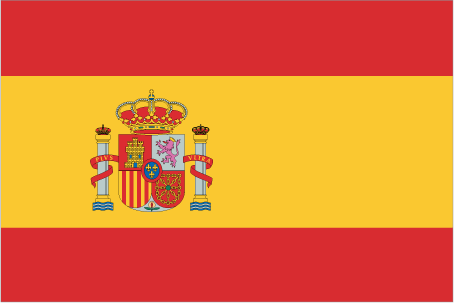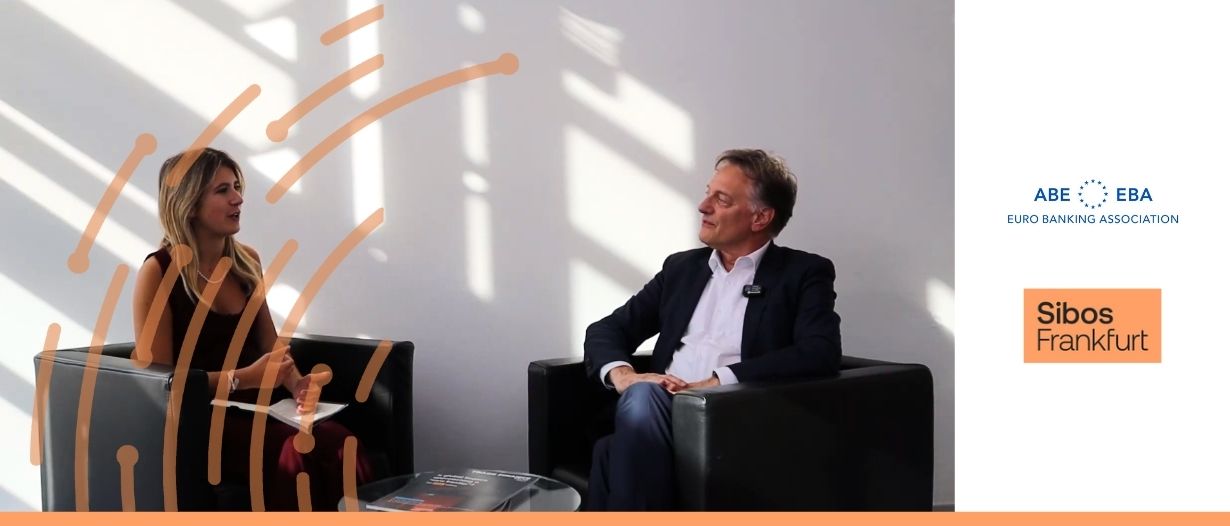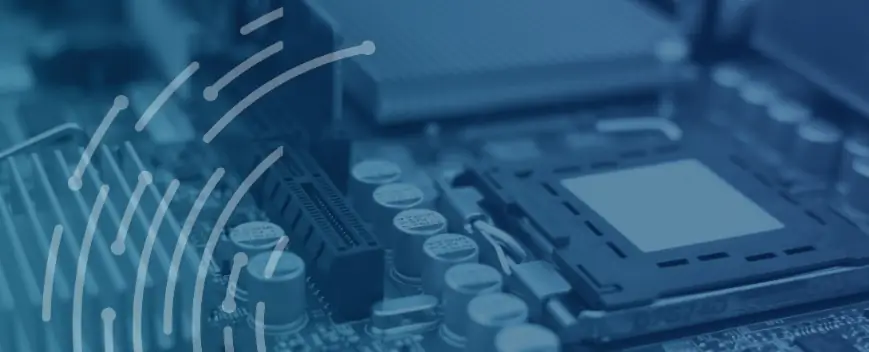
-
European banking collaboration is driven by the non-negotiable need for interoperability to manage seismic shifts in payments and regulation.
-
The adoption of ISO 20022, a standardized financial transaction language, is a key step toward achieving efficient and accurate cross-border payments.
-
Banks are pooling resources to share costs and expertise, as seen through collaborative efforts like the ECB’s centralized Verification of Payee (VoP) service based on national models.
The European payments industry is improving by leaps and bounds. Their economy is experiencing seismic changes, regarding shifts in real-time payments, integration of artificial intelligence (AI) software, and regulatory shifts. One crucial driver is the interoperability-driven collaboration between banks.
At the 2025 Sibos conference in Frankfurt, Germany, Silvia Andreoletti, Senior Reporter at Trade Finance Global (TFG), spoke to Thomas Egner, Secretary General of the Euro Banking Association (EBA) since 2016. They discussed cooperation among European banks, the recent verification of payee (VOP) deadline and the regulatory changes on the horizon.
Discourse on payments is heavy in Europe. “We run our own event, EBA Day, very much concentrated on Europe, very much concentrated on payments. And here you see the entire system,” commented Egner. This annual summit embodies the collaboration between banking and payments professionals that is fusing the continent together.
Interoperability as a non-negotiable
Discussions of interoperability in the present and future are rife, and certainly a predominant theme of Sibos 2025. Egner commented on how the wider European payments industry aims to facilitate this: “There are a couple of instruments which the industry has at hand to secure this, number one, based on defined schemes, based on defined standards, based on defined market practice.”
Egner is drawing our attention to ISO 20022 – a standardised language for financial transactions, communications and modelling. The aforementioned “definition” is uniform data communication: consolidating interoperability across diverse systems and payment providers.
The benefits of ISO 20022’s adoption in Europe is manifold. This common language brings efficient and accurate processing times compared to legacy formats. For instance, banks benefit from improvements in their compliance protocols, as well as fewer data ambiguities.
ISO 20022 was a watershed moment for real-time data and future-forward process optimisation. “The art of ISO 20022 is to define market practices,” said Egner. This needs to be a framework applicable to all – what EBA aim to follow up on.
With much of the world currently preparing for the 22 November deadline to adopt ISO 20022, some nations have had to navigate some choppy waters to get there.
Financial cost is a hindrance for small banks in comparison to the larger banks they often rely on. Managing this operational migration requires quite high-cost infrastructure, which countries out of the Eurozone with legacy systems may have trouble with, when considering Accenture’s report on Europe’s progress thus far.
The deadline of VOP – the layer of verification for ISO 20022 messages – is the real deadline that banks need to be thinking about. “What banks are not sure about is the reaction on the customer side, because the VOP will come with a couple of uncertainties,” remarked Egner.
The payment industry is facing the challenge of marrying the demand for faster payments with cheaper payments. Upscaling of payment technology at low cost is a difficult burden for banks to carry alone. To solve this mismatch, banks have focused on collaboration: a “simple answer”, according to Egner.
The complexity is even greater when implementing voluntary schemes, such as the One-Leg Out Instant Credit Transfer (OCT Inst) proposed by the EBA. OCT Inst “enables payment service providers to design propositions that both help meet the G20 targets and deliver a genuinely better cross-border experience for customers,” Annick Moes, Head of Industry Issues and Cooperation & Head of Communications at the EBA, told TFG.
OCT Inst has already been partially implemented by 10 multinational banks according to EBA CLEARING, the Association’s payment infrastructure provider. Achieving critical mass, however, will require both individual-level implementation and collective action, “developing pan-European market practices that guarantee a genuinely better cross-border experience, setting a clear delivery timeline, and securing commitments from early movers,” said Moes.
Pan-Europeanisation
By pooling their resources together, banks are sharing “cost by doing things together from a very practical point of view,” said Egner. What is particularly clever is that by sharing the relevant infrastructure, banks can access VoP services yet still retain a level of individuality in how this is delivered to the customer.
One fundamental cost, is sourcing the expertise to actually handle such changes. Deutsche Bank, for instance, is offering clients a knowledge repository, allowing equitable access to all organisations to manage imminent changes to SEPA payments.
Second, Europe has seen national coordination of VoP services as a result of the efforts of Banco de Portugal’s interbank clearing system (SICOI) and Latvijas Banka’s Instant Verification Services (IVS).
The ECB has used these two national models to offer a centralised VoP service. Thus, PSPs within the Eurosystem can share cost and compliance standards, rather than reinvent their own procedures, thanks to the SEPA-wide functionality.
The harmonisation of Portugal and Latvia’s VoP infrastructure by the ECB is textbook interoperability. For customers, this means quick adaptability, consistency, and, to reinforce Egner’s point, cost-sharing.
EBA aims to facilitate the conversations to reach such heights of pan-European efforts. Collaborative problem solving is their forte. Egner expounded, “We have people coming to the association saying, ‘Can we share experiences? Can we come to a joint position, to harmonise positions?’”
Almost as crucial is interoperability between Europe and the rest of the world, so that European integration does not come at the cost of global fragmentation. To increase instant payments access for regions outside Europe, the European banking industry must come together to leverage the instant payments systems, standards, and processes for international inbound and outbound payments as well. “Achieving this will require collective action and coordination with non-European counterparts so that the full benefits of OCT Inst can be realised,” said Moes.
Interoperability is certainly not faceless in Europe: it can demand a hands-on approach from professionals and their corporates.
The association between European providers is taken further on the topic of cross-border payments. “ We did some work on the topic of OCT, which is also a hot topic, at least within the European community,” noted Egner.
The ECB made its stance clear in April 2025, asserting that the European Payments Council’s (EPC) highly automated solution to instant-payment services is one of the key propellants for an interconnected European payments industry.
Europe has set a strong precedent for mutually compatible cross-border payment systems. Interoperability and collaboration within the Eurosystem have gained considerable momentum toward the G20’s ambitions for 2027.
All eyes on 22 November; the picture is worth revising after the ISO 20022 deadline.





























